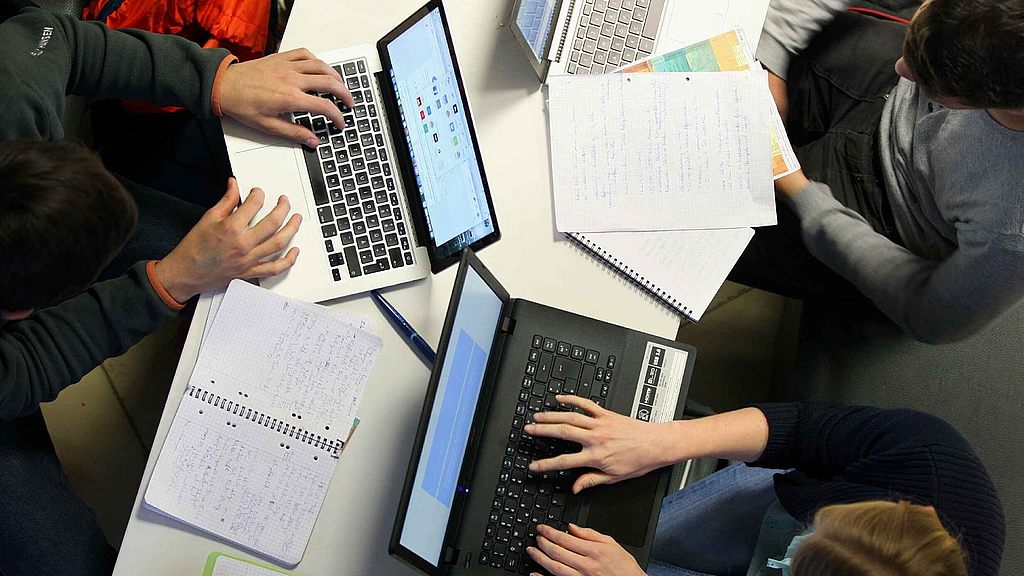DAIMON Baltic Sea-Dumbed Munition Database
Overview
The Baltic Sea contains 50000 tons of dumped chemical warfare agents (CWA) and more than
200000 tons of conventional munitions originating from the World Wars I and II. The Clausthal
University of Technology has created a novel munition system in collaboration with Dr. Koehler
GmbH, which allows to insert and manage complex munition types intuitively.
With the variety of the different dumped munition, the focus was on chemical munitions and the
relevant dumped munition types. The detailed information about the munition includes parameters
as length and diameter, case thickness, material, type of fuse and explosive, weight, chemical agent
(such as Sulphur Mustard, Clark, Tabun, Phosgene). The parameters are important for the
assessment of the risk, for the estimation of corrosion as well as the identification of the munition.
Not only the munition itself but also some of the substances used in the munition pose a risk to the
environment, to the food chain and to humans who are exposed to them. The main basis for the
entered data was the research of internal archives with ammunition data from different sources.
The munition system is based on the open-source PHP web framework Laravel, which enables
flexible development and maintenance. This allows existing munition types to be easily expanded or
newly developed. Munition experts can use the web user interface to input, retrieve or update the
munition data in a convenient way. The system provides a munitions database, which stores detailed
information of dumped munition in a secure environment. The corresponding relational data model
gives the possibility to process the data efficiently. Relevant munition data can be searched by
different munition parameters. The munition data can easily be consumed via a REST-API and
integrated into other systems such as DAIMON Decision Support System for marine munitions (DSS)-
and may also be used for identification or as a knowledge base.
Contact:
Dietrich Steinmetz
